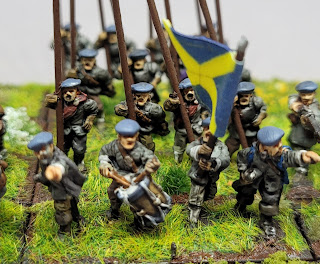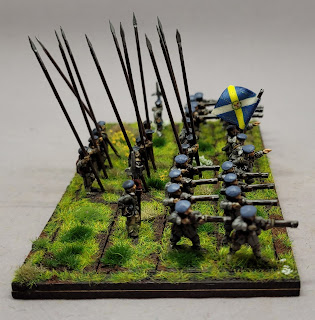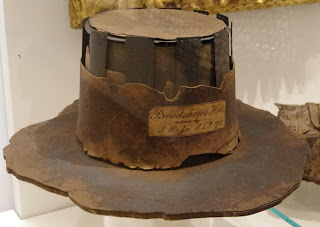Earl of Crawford-Lindsay's Regiment of Foot

The third of three Covenanter regiments of foot to get their time in the spotlight. John Lindsay, the Earl of Crawford-Lindsay would serve as a Colonel in both of the Bishops' Wars; however, he did not share sole colonelcy of these regiments. He would not take sole colonelcy of a regiment of foot until he was commissioned in 1643 in both the Ulster Army, and the Army of the Solemn League and Covenant. It is assumed that most of the men, for the Ulster regiment, came from Fife. It is thought that the regiment may have taken part in expeditions led by Munro in 1643. Lindsay would return to Scotland in 1644 to join his 'other' regiment. The Solemn League regiment was raised in 1643 in the Fife presbyteries of Cupar and St Andrews: they were commanded initially by Thomas Moffat, whilst Lindsay was in Ulster. There appears to have been a considerable amount of exchanges of officers between he two regiments during this time. The regiment marched south with Leven's Army ta...






